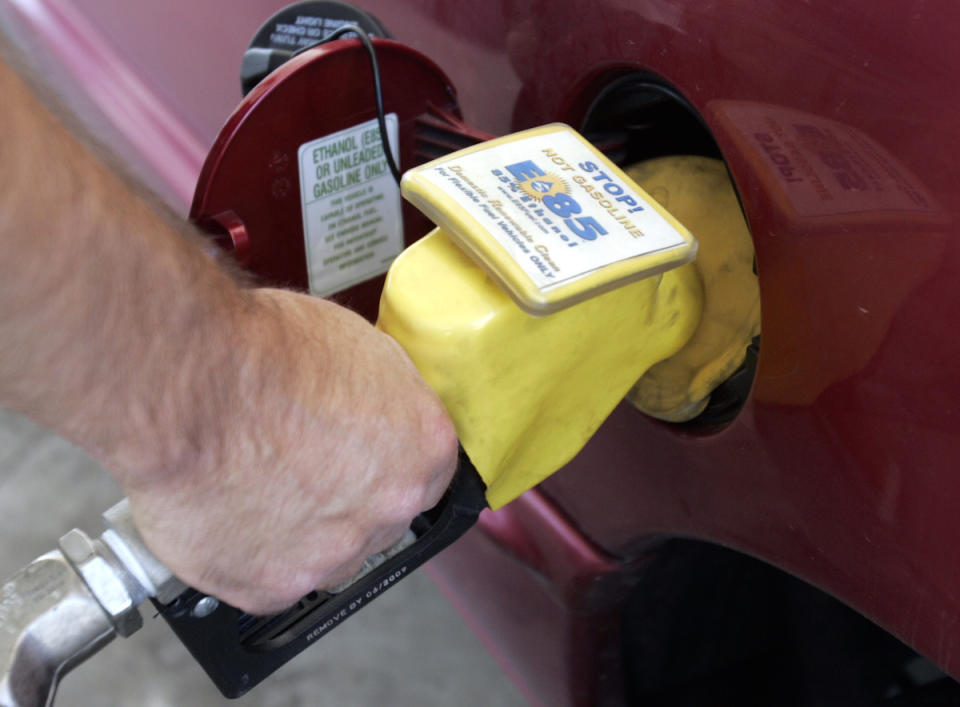Feds Push More Ethanol Into Gasoline, But Can Your Car Take It?

On Monday, federal regulators set out new targets for how much ethanol should be mixed into gasoline through 2016—and the goals are aggressive enough to push the emergence of fuels that many automakers don’t approve of in their new vehicles.
It’s a complex political and scientific debate that’s raged for years in Washington, with powerful lobbying on all sides. What’s been obscured so far is that vehicle owners now face more confusion than ever about what fuel they can run their cars and trucks on without damage.
Under a 2007 law, oil refiners are required to add increasing amounts of ethanol to gasoline. The U.S. Environmental Protection Agency on Monday set the final rules for refiners in 2016, ordering them to use 18.1 billion gallons of ethanol, an 11 percent increase from 2014′s levels, but less than what the law originally called for. Janet McCabe, the acting assistant administrator for EPA’s Office of Air and Radiation, called the biofuels industry “an incredible American success story,” saying it was cutting carbon pollution and oil imports while boosting jobs.
Every new vehicle sold today, and most of those still on the road, can safely burn gasoline with up to 10 percent ethanol. “Flex-fuel” vehicles can burn 85 percent ethanol fuel, and come with a bright yellow fuel cap to alert owners that such blends won’t harm the vehicle.

 Yahoo Autos
Yahoo Autos 